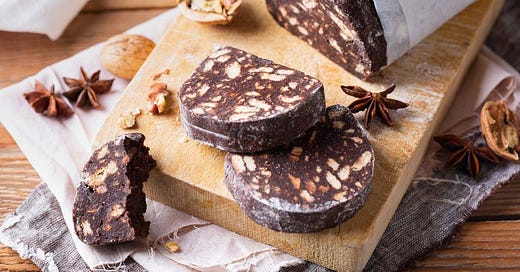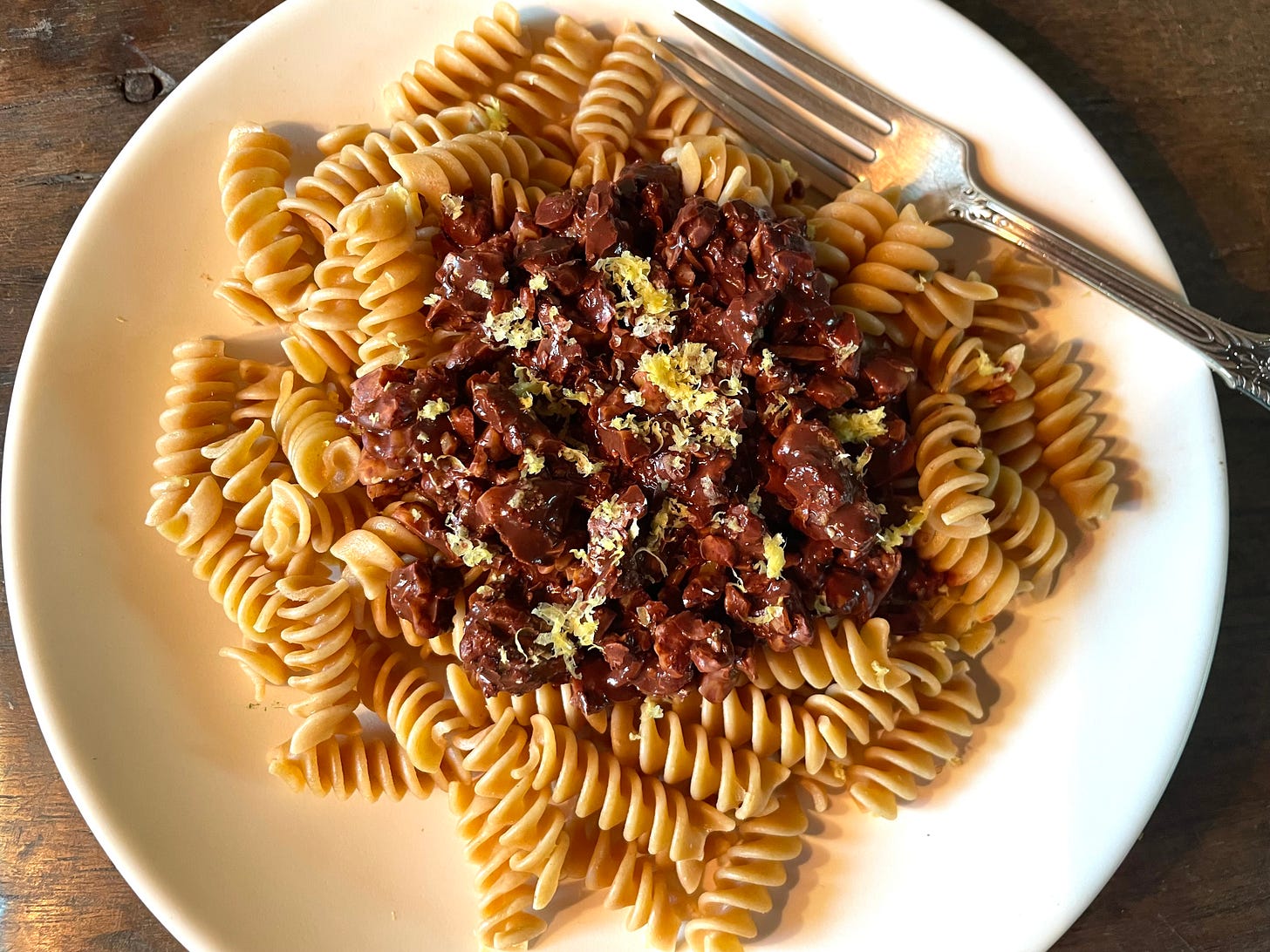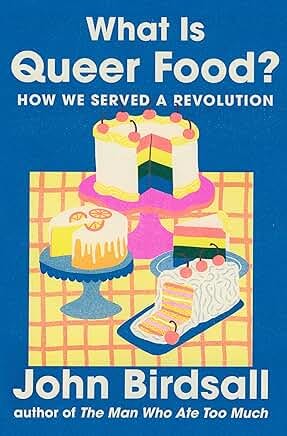Broccoli Rising and Queer as Folk
Queer as folk, a saying believed to be Yorkshire in origin, meaning we’re all just nuts.
Queer food is a thing. But beyond drag brunches and cheekily named dishes and drinks like the Righteous Harlot, queer food has a serious purpose — rejecting constraints in the kitchen and beyond.
With LGBTQ attacks and hate crimes on the rise, queer food serves up something quite different. it’s the opposite of hate. It’s a delicious act of resistance. It’s creating a table where everyone is welcome, safe, served, nourished. . . and perhaps happily caught off guard.
In my first book, Feeding the Hungry Ghost, I write, “It means giving someone the welcome of the known, but giving it a twist, so you taste something familiar in a whole new way. It is discovery, it is revelation, it is like falling in love with what you already know.”
In Feeding the Hungry Ghost, paella can be made with quinoa instead of rice. In my new cookbook, Miami Vegan: Plant-Based Recipes from the Tropics to Your Table, the beloved Cuban classic dish arroz con pollo — chicken and rice — has no chicken, but plenty of rich meatiness and mouthfeel from jackfruit, that spiky green tropical fruit. No one suffers— not the cook, not the eater, not the chicken.
Queer food is about bringing something unexpected to the table —maybe a little funk, like natto, maybe something with slippery mouthfeel like mallow, a green which may also have aphrodisiac properties.
It’s a thumb to the nose of dour conformity, done with a joyful spirit. With that in mind, and in honor of Pride Month, I bring you— ta-da! — pasta with chocolate.
This isn’t even my idea, it’s an oldie but goodie from Apicius, who wrote De Ra Coquinaria, the earliest known cookbook in western culture. It’s believed cacao came to Italy by way of another Italian — Columbus. Cacao was new, but the Italians knew they were on to a good thing.
I don’t have to tell you chocolate is rich. But pure cacao by itself is not sweet. Adding sugar to cacao would be a total game-changer, and hallelujah for that, but that’s not how things started out.
The beans have many of the same flavor notes as fine wine —, with hundreds of distinct nuanced aromas and flavors — floral, berry, tropical fruit, minerality, leather, coffee. So that’s how Apicius and other Romans I first used it in the kitchen, as they did with any other seed or spice, like pepper, fennel or cardamom.
I kinda love the fact that Apicius wrote one of the first known cookbooks, but his pasta con le noci — pasta with walnuts and bitter chocolate — challenges our notions of both pasta is and what chocolate is. It’s savory, not sweet, and better tasting than you’d think. It’s cocina povera — frugal cookery that uses everything and wastes nothing — and queer food even before it was a thing.
Chocolate pasta, like all queer food is not exclusively for the LGBTQ community, it’s not exclusive at all. It’s for all of us. As the Boss says, “Nobody wins unless everybody wins.”
This Thursday, I’m inviting Miami folk, queer or not, to Urban Oasis Project’s last Vizcaya Night Market of the season. Taste a recipe from Miami Vegan and buy a book.
Pasta with Chocolate and Walnuts (Pasta con Le Noci)
This recipe calls for Dutch process cocoa, cocoa that’s been alkalized, neutralizing cocoa's natural acidity and bitterness. so it’s mellower, but richer, more savory and earthy. And made to pair with nuts.
I like texture, so I keep the walnuts a little on the coarse side, so when they’re tossed with the pasta, they become like a bolognese.
Adding lemon zest brings together all the flavor notes of an espresso.
8 ounces short pasta — fusilli, rotini or other twists seem called for here
1-1/2 tablespoons Dutch process cocoa (not sweetened cocoa mix)
1 cup walnuts, chopped
1 lemon, zested
1-2 cups reserved pasta water
sea salt and freshly ground pepper to taste
olive oil, a drizzle to finish
optional garnish — chopped parsley, more lemon zest
Bring a large pot of water to a vigorous boil. Add pasta and give a stir. Taste pasta a minute or two before package directions indicate. It should be tender with a slight chew — that’s all dente.
Drain pasta, reserving pasta water. Toss hot pasta with Dutch cocoa, walnuts, lemon zest and 1 cup of pasta water. Toss well to combine, so the cocoa, walnuts and water create a sauce.
Add 1/2 cup of water at a time, if you’d like a moister pasta.
Season generously with sea salt and ground pepper. Garnish with chopped parsley or more lemon zest and drizzle with olive oil to finish.
For a deeper dive into queer food, check out John Birdsall’s new book.
For another queer take on chocolate, paid Broccoli Rising subscribers can check out chocolate salami — don’t worry, it’s vegan.










